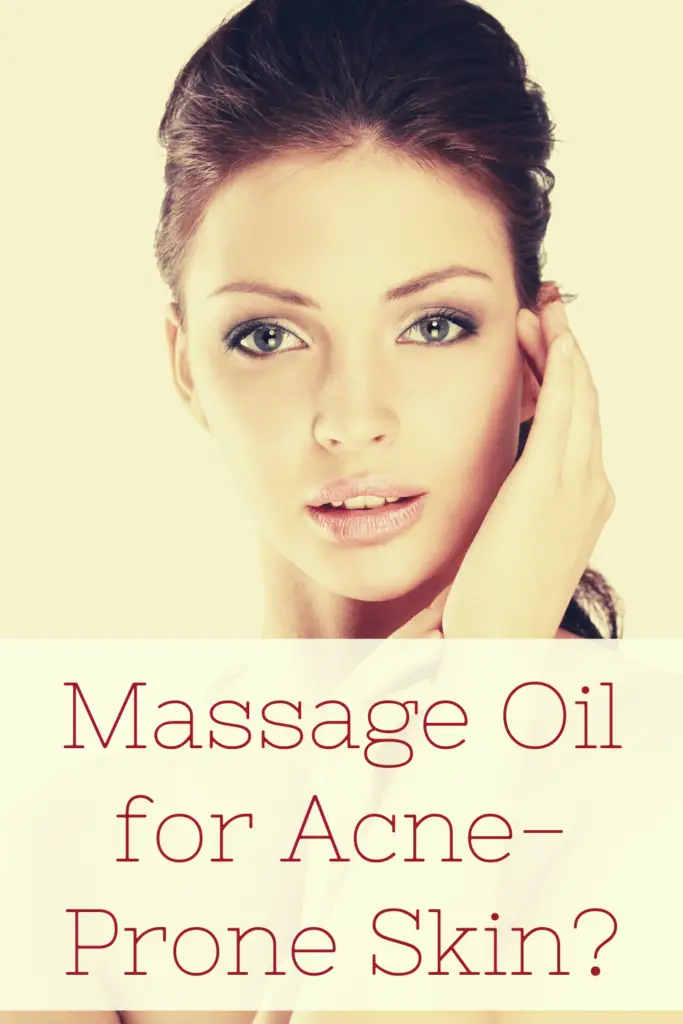Massage oil is luxurious and hydrating. However, many people find that it leaves them feeling greasy and with breakouts the next day. There has to be something they’re missing, right? There’s a better option out there? So then, which massage oil is best for acne-prone skin?
The best massage oils for acne-prone skin are non-comedogenic oils (they don’t tend to clog pores by creating a barrier over the skin). One of the most popular non-comedogenic massage oils is jojoba oil. This oil leaves the skin feeling light, has antibacterial properties, and is an affordable carrier oil. Some people with acne-prone skin also get good results with argan oil or grapeseed oil.
Let’s dive more into how this works so you know what to look for and how to test massage oils for your skin type.
Table of Contents
Understanding Why Massage Oil May Cause Acne
When you use lotion, your skin absorbs the substance fairly quickly. When you use massage oil, you are likely to feel greasy after. Your skin didn’t absorb much of the oil.
As the oil glides over your skin, it locks together over the top layer and creates a barrier. This holds moisture inside your skin, which can be hydrating, albeit in a different way than lotion is.
For people who already have oily skin, this is too much. It makes it difficult for the skin to breathe and easy for the pores to clog.
The word for this is comedogenic.
Fractionated coconut oil is a popular choice as a massage oil, however, it is comedogenic, meaning it will clog your pores. For acne-prone skin, it’s important to use non-comedogenic products. That can be difficult when we’re talking about oils, but you are not out of hope. There are solutions out there.
Why Jojoba Oil Is Great for Acne-Prone Skin

Jojoba oil is by far the most recommended option as a massage oil for acne-prone skin. This is because it’s light, it’s not greasy, it’s absorbed quickly, it has antibacterial properties, and it’s comparatively affordable to other options on the market.
What makes jojoba oil stand out so much is likely that it isn’t even an actual oil. We call it an oil because it feels like one, which makes it great for massage. This oil is actually considered a wax. This is important only because it helps explain why jojoba oil absorbs so differently from other massage oil options out there.
Fun fact: it’s actually pronounced ho-ho-bah.
Studies have looked into the properties of jojoba oil and come back with more information on why people with acne-prone skin may be seeing better results. Jojoba has antibacterial and anti-inflammatory properties. Acne often happens when the skin is irritated and becomes inflamed. The anti-inflammatory properties can help soothe the skin.
Instead of adding oil to your skin, jojoba oil tends to balance the oil already present in your skin. It does a good job of adding some moisture without clogging pores. This can be particularly great for people with combination skin.
Grapeseed Oil Could Be An Option for Some People
Jojoba oil is the generally recommended option for most people with acne-prone skin. However, if you’ve been looking at which massage oil is best for acne-prone skin and aren’t a fan of jojoba oil, grapeseed oil has been an option for some people. However, results vary widely here. A lot of others have found that grapeseed oil clogged their pores.
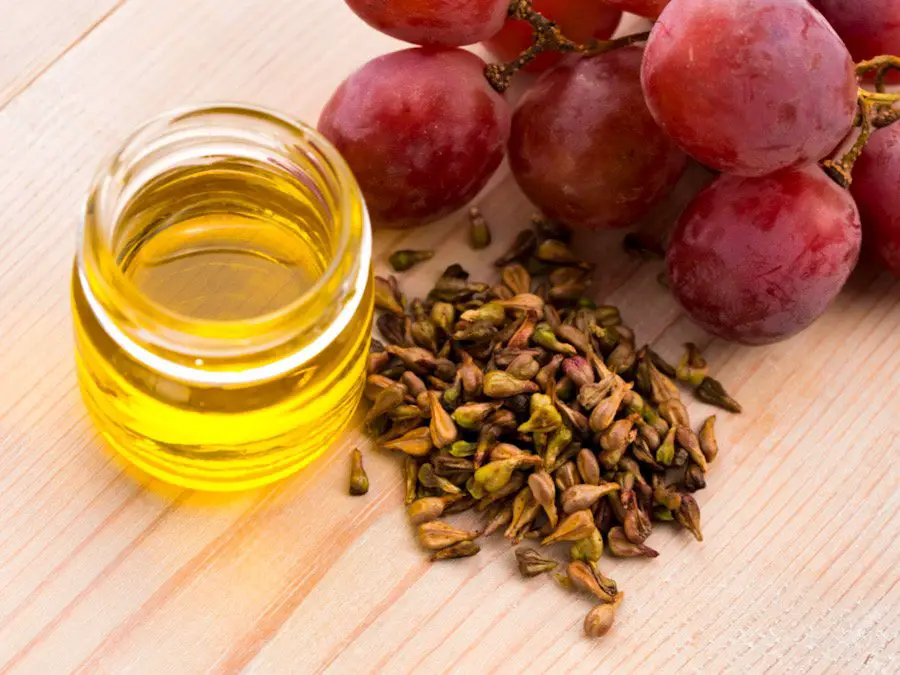
Grapeseed oil is silky, smooth, and feels nice and luxurious. It has mild astringent and antiseptic qualities. These properties mean that for some skin types, the massage oil has been shown to tighten up pores, reduce the appearance of scars, and heal acne. For this reason, many swear by applying grapeseed oil to their face each night.
However, do not start by applying any oil to your face. You’ll want to test an oil somewhere less prone to acne first and move slowly as you see what your own results are.
If you would like to know more about grapeseed oil, check out my article ‘Relaxing Massage with Grapeseed Oil. Is It a Good Idea?’
Other Combination Choices For Massage Oil For Acne Prone Skin
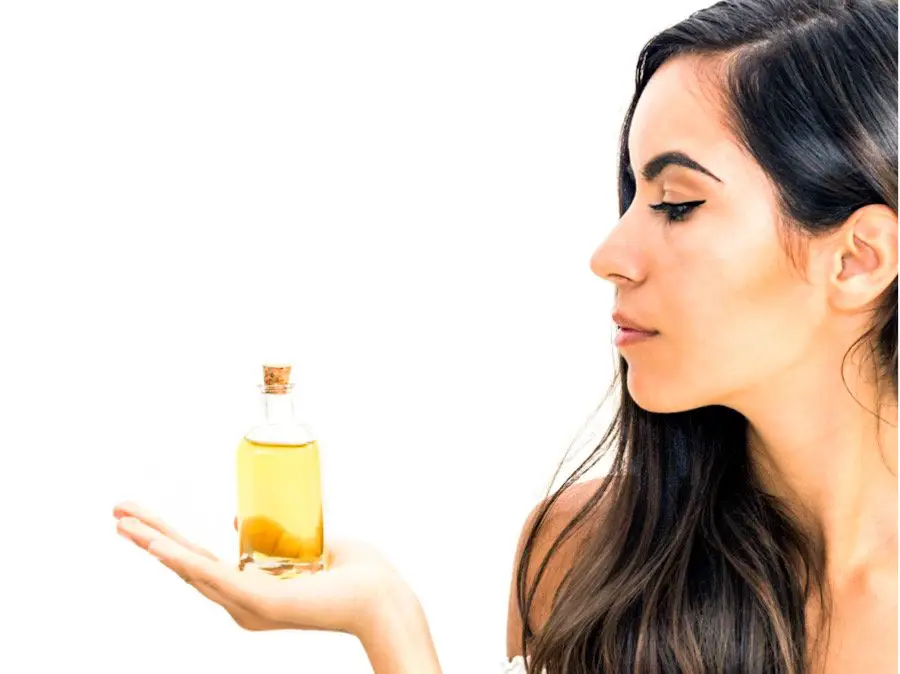
Argan oil is a great choice for acne-prone skin, but it’s a great deal more expensive than jojoba oil. You’ll see a lot of lotions and face creams that include argan oil as an ingredient. The price tag is lowered by mixing it with other options while still getting the anti-sebum benefits of argan oil. If you’re looking at a massage oil with argan oil as a primary ingredient, this may be a good option for your skin. However, keep in mind that the other ingredients on the list will play a big part here, so it’s important to proceed slowly with any new massage oil.
If you are interested in the pros and cons of massage oil vs massage lotion, check out my article ‘Massage Oil or Massage Lotion? Find Out Which is Best for You!’
Aloe vera can often be found in combination massage oils. It’s anti-inflammatory, which makes it a great ingredient for acne-prone skin. A study found that using a combination substance of propolis, tea tree oil, and aloe vera was beneficial for acne.
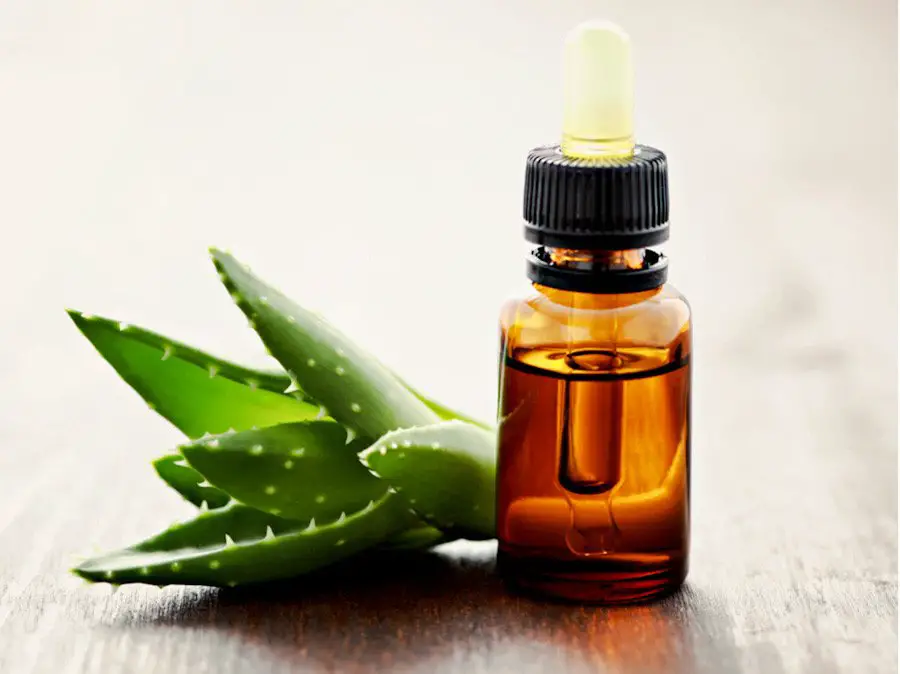
You can sometimes find aloe vera mixed with other substances into massage oil that can be great for acne-prone skin. One of the top choices here is to find a jojoba oil blended with aloe vera to get the best qualities of both.
How to Try a New Massage Oil
If you have acne-prone or sensitive skin, it’s important to start slow. While jojoba oil is a strong choice for many people with acne-prone skin, always remember that everyone’s skin is different. Your results may vary.
You do not want to apply massage oil over your whole body only to have breakouts happen everywhere all at once.
Instead, start small. Give yourself a massage using the oil on one part of your body. Everyone may feel differently about where a good spot to try first is. You don’t want to apply massage oil to your whole back when you’re unsure about how your body may react, but you could use some just on your lower back as a test. Or, perhaps you feel okay testing the massage oil on your neck.
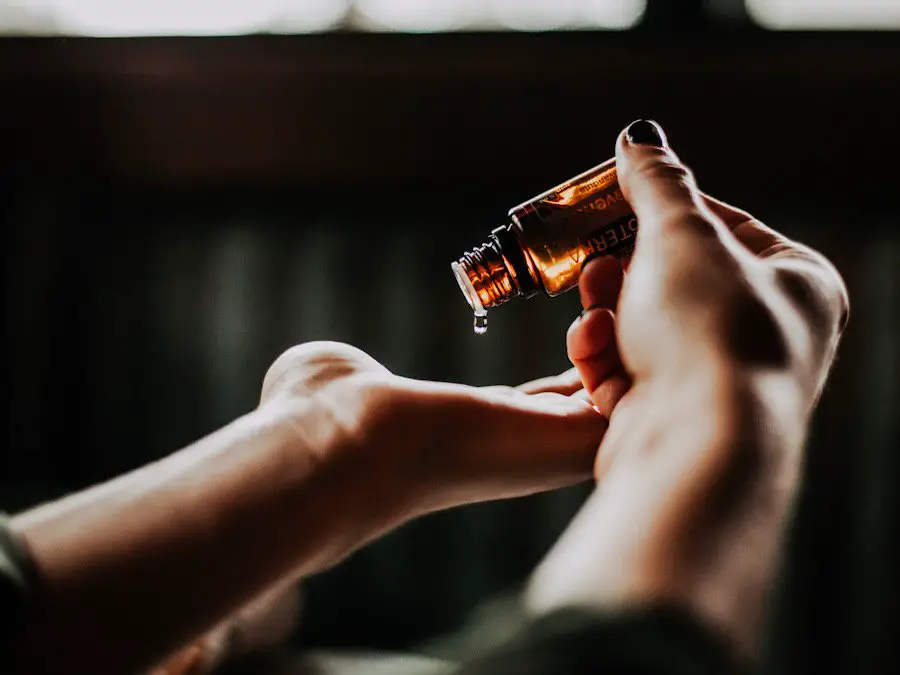
Make sure to choose a small area and a place where you know a reaction may occur. Your feet don’t make a great testing location since the thicker skin there means you are unlikely to have a breakout there.
Apply the massage oil, give yourself a small self-massage, and then wait a few days before trying again. This gives your skin a chance to see what it thinks. Gradually increase usage as you discover your own results.
Choosing the Best Massage Oil For Your Acne-Prone Skin
So, which massage oil is best for acne-prone skin? The frustrating but true answer is that it’s the one that works best for your skin. You’ll know it’s a great solution when it doesn’t cause breakouts, helps give you more even and well-hydrated skin, and leaves your skin feeling soft and smooth at the end of the day.
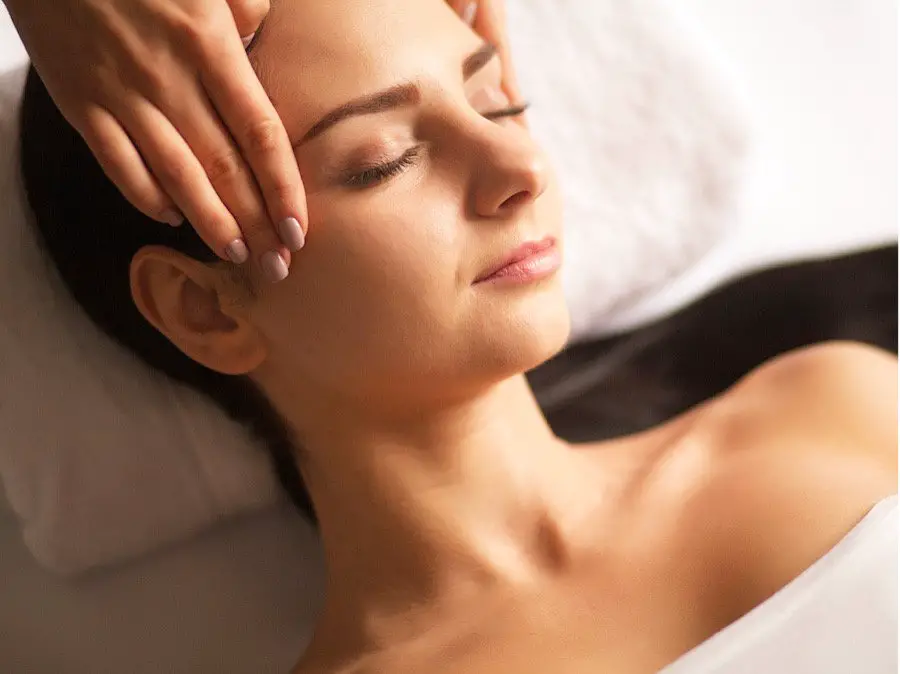
Because everyone’s skin is different, and what causes your acne may vary, your experience will be unique. This means you’ll need to test the massage oil to be sure it works well for you.
That being said, you aren’t going into this without knowing a few things. You want to find a massage oil that is light, absorbs quickly, and ideally has anti-inflammatory properties that will soothe your skin and keep breakouts away.
Jojoba oil will be the best massage oil for most people in this situation. If you want to experiment with blends, look into massage oils that contain aloe vera or argan oil as fun options.


